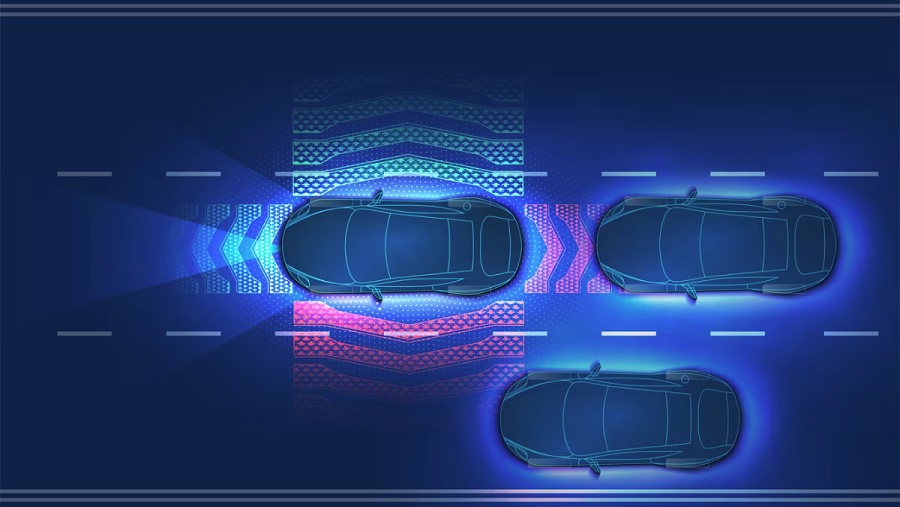ITSdigest
The National Highway Traffic Safety Administration (NHTSA) finalized a new Federal Motor Vehicle Safety Standard that will make automatic emergency braking (AEB), including pedestrian AEB, standard on all passenger cars and light trucks by September 2029.

Source: Kelley Blue Book
The new standard requires all cars be able to stop and avoid contact with a vehicle in front of them up to 62 mph and that the systems must detect pedestrians in both daylight and darkness. In addition, the standard requires that the system apply the brakes automatically up to 90 mph when a collision with a lead vehicle is imminent, and up to 45 mph when a pedestrian is detected.
The final rule states: "In 2019, rear-end crashes accounted for 32.5% of all crashes, making them the most prevalent type of crash. Fatal rear-end crashes increased from 1,692 in 2010 to 2,363 in 2019 and accounted for 7.1% of all fatal crashes in 2019, up from 5.6% in 2010."
This safety standard is expected to significantly reduce rear-end and pedestrian crashes. NHTSA projects that this new standard, FMVSS No. 127, will save at least 360 lives per year and prevent at least 24,000 injuries annually.
AEB systems use sensors to detect when a vehicle is close to crashing into a vehicle or pedestrian in front and automatically applies the brakes if the driver has not. Pedestrian AEB technology will detect a pedestrian in both daylight and in darker conditions at night.
"Automatic emergency braking is proven to save lives and reduce serious injuries from frontal crashes, and this technology is now mature enough to require it in all new cars and light trucks. In fact, this technology is now so advanced that we're requiring these systems to be even more effective at higher speeds and to detect pedestrians," said NHTSA Deputy Administrator Sophie Shulman. "Most new vehicles already come with AEB, and we expect that many cars and light trucks will be able to meet this standard ahead of the deadline, meaning even more lives will be saved thanks to this technology."
This final rule applies to nearly all US light vehicles (gross vehicle weight rating of 10,000 pounds or less).
The final rule aligns with the Bipartisan Infrastructure Law which mandates that all passenger motor vehicles manufactured for sale in the US are equipped with AEB and Forward Collision Warning (FCW) systems.
In June 2023, NHTSA and the Federal Motor Carrier Safety Administration (FMCSA) announced a separate notice of proposed rulemaking that would require heavy vehicles, including tractor trailers, to have AEB, which the agencies are in the process of finalizing.
Cathy Chase, President, Advocates for Highway and Auto Safety, concluded, "After years of skyrocketing traffic fatalities, NHTSA’s historic action on AEB is a true game changer. It will protect road users from crashes, including pedestrians who accounted for almost a fifth of all traffic fatalities in 2022."
National Transportation Safety Board (NTSB) Chair Jennifer Homendy added, "While this new standard will not go into effect until 2029, we encourage manufacturers not to wait; they should meet these life-saving requirements now."




